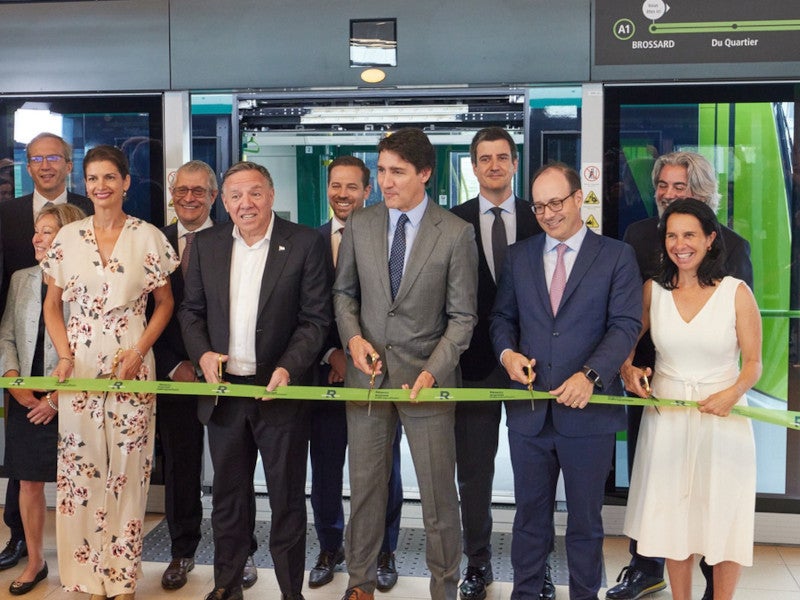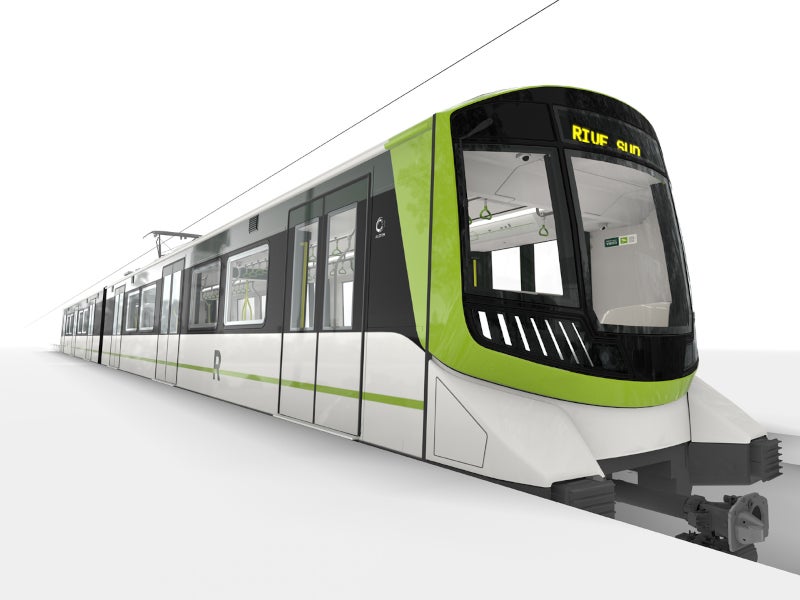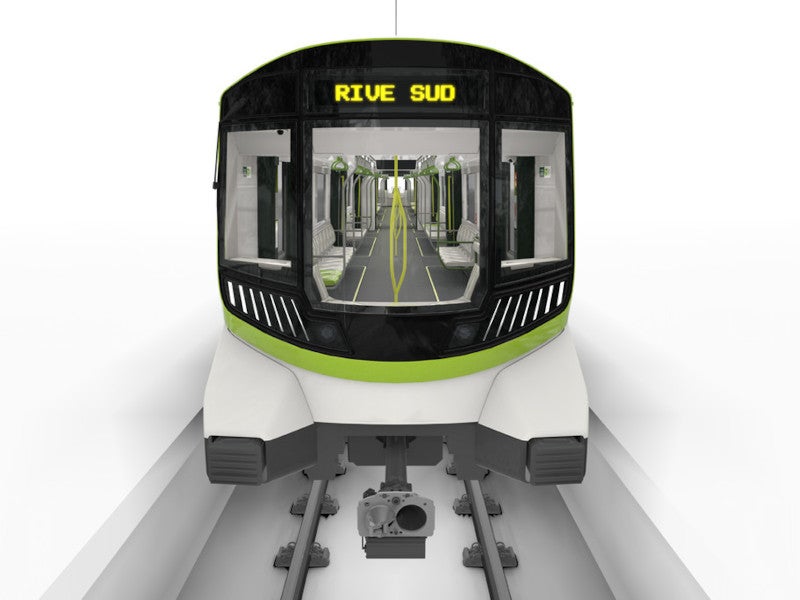The 67km-long Reseau express métropolitain (REM) is a new automated urban rail system being developed between the Greater Montreal area and the Pierre Elliott Trudeau international airport in Quebec, Canada. Upon completion, it will be one of the world’s largest automated transport networks.
The project is being developed by Caisse de depot et placement du Quabec (CDPQ) Infra, a principal contractor based in Quebec, responsible for the project’s planning, funding, implementation and operation.
The estimated investment in the project is C$6.9bn ($5.1bn). Construction began in April 2018. The first segment, between Brossard station and Central station, was inaugurated in July 2023.
The second phase between Anse-a-l’Orme and Deux-Montagne will open at the end of 2024 while the final phase connecting to the Montreal Airport is scheduled to open in 2027.
REM will be a sustainable transport system for the greater Montreal area, contributing to a reduction of 2.5 million tonnes of greenhouse emissions during a 25-year period. It will also help ease traffic in and out of Montreal and the surrounding areas.
The project is expected to create more than 30,000 jobs during the construction stage.
Reseau Express Metropolitain (REM) details
The REM is a fully automated and 100% electric light rail metro. It operates on an elevated and dedicated track built on existing rail corridors and roads.
The light rail system will have a dedicated control centre from which the trains will be controlled to ensure high reliability and passenger safety. It will be equipped with video surveillance and track intrusion detection system.
REM will provide direct connections to Pierre-Elliott-Trudeau airport from the south shore, downtown, the west island of Montreal and the Deux-Montagnes area. It will operate 20 hours a day and seven days a week, with trains arriving every three minutes and 45 seconds during peak hours.
The rail system will also have connections to other public transport systems, including the existing metro system, bus network and commuter trains.
Autorite regionale de transport metropolitain (ARTM), a regional transit authority, is working with CDPQ Infra to integrate REM into the public transit system through passenger data, fare structure, schedule harmonisation and point-of-contact development.
ARTM is also responsible for the collection and administration of fare revenue through the installation of ticketing and ticket collection equipment in the 26 REM stations.
REM line routes
The REM network includes four branches. The main line starts from the Brossard station and ends at Bois-Franc. It comprises a total of 14 stations, namely Brossard, Bois-Franc, Canora, Côte-de-Liesse, Du Quartier, Du Ruisseau, Edouard-Montpetit, Gare Centrale, Griffintown-Bernard-Landry, Ile-des-Scurs, McGill, Montpellier, Panama and Ville-de-Mont-Royal.
The Deux-Montagnes branch runs from Sunnybrooke to Deux-Montagnes. It includes six stations: Sunnybrooke, Pierrefonds-Roxboro, Ile-Bigras, Sainte-Dorothee, Grand-Moulin and Deux-Montagnes.
The Anse-a-l’Orme branch has four stations. It links Des Sources with Anse-a-l’Orme and has stops in Fairview–Pointe-Claire and Kirkland.
The last branch is the YUL-Aeroport-Montréal-Trudeau branch with two stations, including Marie-Curie and Montreal-Trudeau airport.
Rolling stock details
The REM will use a fleet of 212 Alstom Metropolis four-car trainsets with a maximum capacity of 780 passengers, including 128 seated. Phase one has deployed 80 Metropolis trainsets. The trains operate at an average speed of 51km/h and a maximum speed of 100km/h.
The vehicles have floor-to-ceiling windows, providing passengers with panoramic views on either side. The trains feature Wi-Fi and air conditioning during the summer, with ice protection equipment along with heated windshields, door thresholds and floors during the winter. They are universally accessible and have space allotted for bicycles and luggage.
The green and white exterior livery of the REM trains was selected by the public and inspired by the newly constructed Samuel De Champlain bridge, with the headlights of the vehicle evoking the shadings of the new bridge.
Financing
The project is being funded by CDPQ Infra, the Government of Quebec (GQ), a loan provided by the Canada Infrastructure Bank (CIB), Hydro-Quebec, a public utility and ARTM.
CDPQ Infra is investing C$3.33bn ($2.48bn) of the total cost. The Quebec government will invest C$1.28bn.
Contractors involved
Groupe NouvLR, a consortium comprising five construction companies including SNC-Lavalin, Dragados Canada, Groupe Aecon Quebec Ltee, Pomerleau and EBC, was awarded the engineering, procurement and construction (EPC) contract for the project.
The consortium contracted AECOM, a consulting firm, for infrastructure engineering and appointed it as engineer-of-record (EOR). AECOM is designing tunnels, bridges, stations and road improvements, as well as railway infrastructure such as tracks, power and traction systems.
Groupe des partenaires pour la mobilite des Montrealais (Groupe PMM), a consortium comprising Alstom and SNC-Lavalin, was contracted in 2018 to deliver rolling stock and related systems. The consortium will operate and maintain the entire REM system for the next 30 years.
Transport company Alstom is providing 212 Metropolis cars or 106 trains, as well as the Urbalis 400 automated and driverless train control solution, Iconis control centre and platform screen doors and depot equipment for the project.
SNC-Lavalin is in charge of contracts, project and technical management, design and engineering, procurement and construction services.
The REM stations are designed by the architecture firms Lemay, Bisson Fortin and Perkins+Will and Provencher Roy.
Other contractors involved in the REM project are Systech International, Hatch, Pomerleau, gbi, SYSTRA IBT, CIMA+, ArcelorMittal and OPTIMUS.











